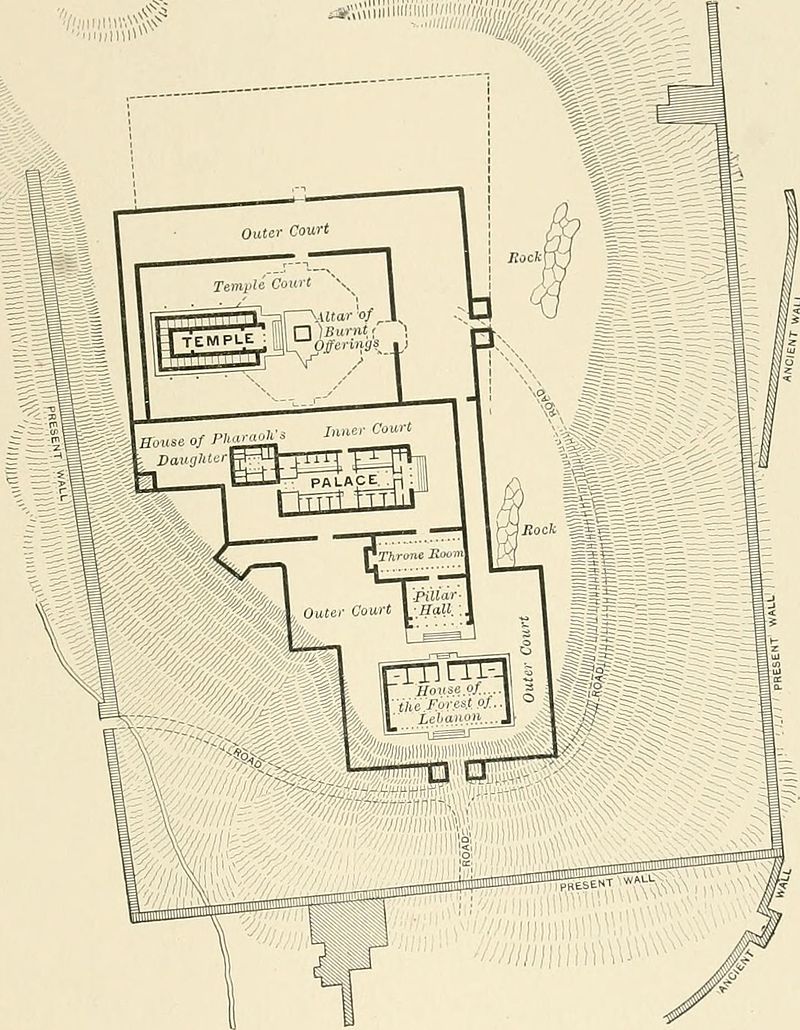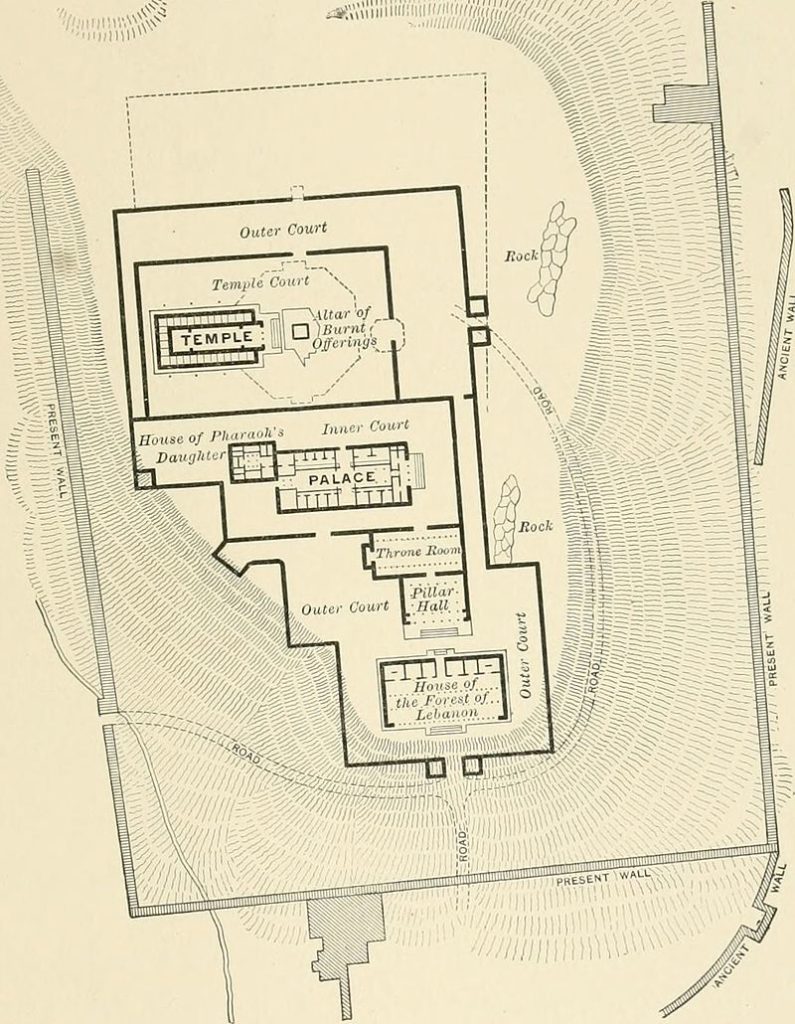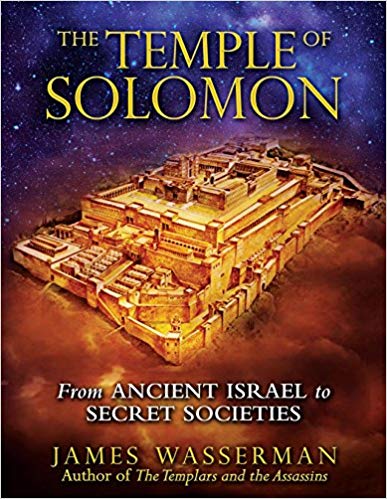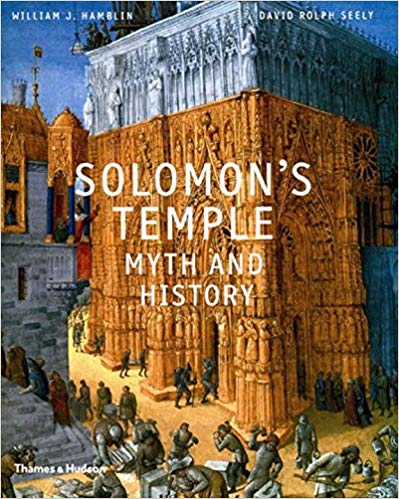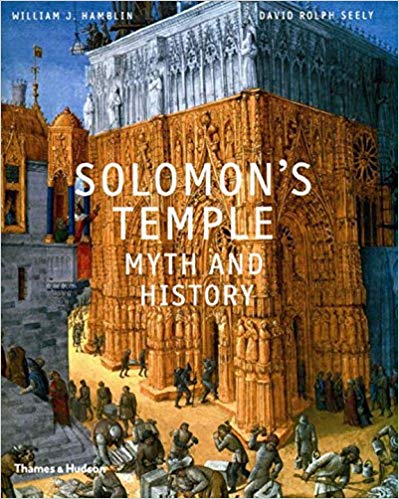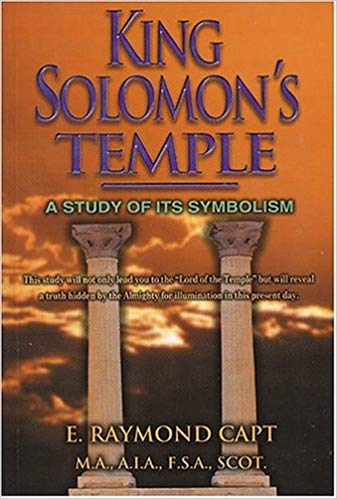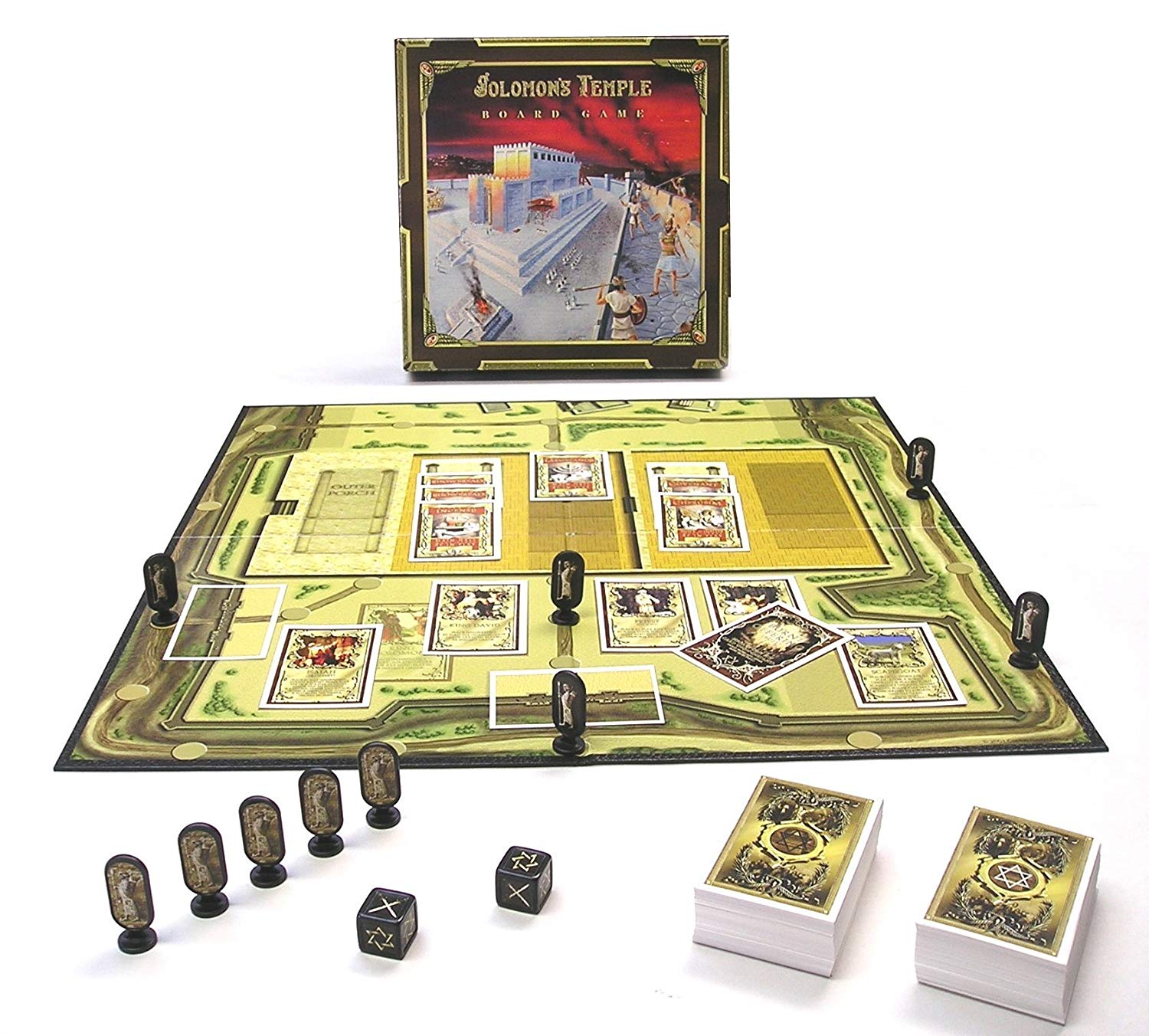King David desired to build a house for God, but because of his history of much war, God said that he would not build the house. God said that David’s son Solomon would be the one to build the house for God. And so he did. Solomon used his father’s design and commissioned the construction of an amazing structure.
The building was not as large as one might assume. It was about 90 feet long, 30 feet wide, and 45 feet high. For comparison, a basic single-story ranch house of 1300 square feet is about 65 feet long, 20 feet wide, and 15 feet high.
Despite the relatively small size of the temple, the people who were involved in building the structure were many – 70,000 to carry stone, 80,000 to cut the stone, and 3,300 supervisors to make sure everything was done correctly. This totals to 153,300 workers!
It still took quite a long time to complete the construction. Seven to eleven years were spent in creating the temple. Building was begun in the fourth year of King Solomon’s reign, according to 1 Kings 6. It does not say exactly when it was finished in the Bible.
The temple was of great worth. It contained “a hundred thousand talents of gold” (over 7 million pounds of gold) and “a million talents of silver” (some 75 million pounds of silver), as well as bronze and iron, wood and stone, which were not weighed or assessed. The whole building, built with mostly cedar wood and carved stone, was overlaid with gold and silver.
Solomon’s Temple had several stories, with stairs. It was furnished a little differently from the tabernacle, which it was loosely based on.
It had a washbasin, similar to the brass laver in the tabernacle, but it was a lot bigger. It was about 15 feet in diameter and about 7.5 feet tall. It was surrounded by oxen, their hind ends in and their faces out. The base was 12 oxen, representing the 12 tribes of Israel, which were split into four groups of three, each trio facing a cardinal direction. The basin itself was 3-4 inches thick, edged like the brim of a cup. It held “three thousand baths,” or 22,500 gallons. It was for the priests to wash themselves. It sat in the corner where the east wall met the south wall.
Along with the “sea,” as it was referred to, he also had ten lavers; five on the right and five on the left. These were there for the priests to wash sacrifices in, as needed.
It had candlesticks. While the tabernacle had one single candlestick, Solomon’s Temple contained ten, five on one side, and five on the other. These were all made of gold. In fact, all of the tools and dishes that were specific to the priests and the sacrifices were made of pure gold.
As the tabernacle had contained the table of shewbread, Solomon’s Temple had tables. Again, he had five on the left and five on the right.
The doors of the building were plated with brass, but the doors into the Holy Place were plated with gold.
The Holy Place contained the Ark of the Covenant, just as the Holy of Holies in the tabernacle had. Solomon’s version was about twice the size of the original room, and overlaid with gold.
There were windows in Solomon’s Temple, unlike the tabernacle. He had narrow windows that let in light from outside.
There were pillars and chains, decorated with pomegranates. They made pots, shovels, and bowls to go inside the Temple. There were so many bowls and decorations that it was not possible to find out the weight of the brass they used to make them!
To consecrate the temple, sacrifices were held. Solomon and the people dedicated the temple over a week’s time, and the sacrifices included 22,000 cattle and 120,000 sheep and goats. That averages out to sacrificing 14 animals every minute for a week!
It is assumed by some that Solomon’s Temple was built in Jerusalem, next to King Solomon’s own palace. Others say it was on Mount Moriah, but still next to the King’s palace. It is not known for certain where the actual location was.
The temple stood for around 400 years, according to historians of the time. Archaeologists have not yet been successful in finding the Temple, though there is enough evidence from historical writings to know that it was there at one point in history. It is also known that the Babylonians destroyed it, though the date of that destruction is not definitive. Guesses range from 587 BC to 433 BC, depending on whose estimate is being used.
There is a replica of Solomon’s Temple in Brazil, in São Paulo. It is intended to be an exact replica of the original, but slightly larger. It also includes a replica of the Ark of the Covenant. Finished in 2014, it is about 180 feet tall, rather than the 45 feet indicated by Scripture. Unlike the original, this “replica” has Sunday School rooms, media studios, a museum, and apartments for clergy. They also added an olive tree garden and a helicopter landing pad outside, and a parking lot to hold over 1,000 vehicles.
For more information about Solomon’s Temple – what is known and what is guessed by experts, archaeologists, and theologians – the resources below may be helpful.
The Temple of Solomon: From Ancient Israel to Secret Societies
This fully illustrated book examines the history of the Temple through Scripture and looks at how it relates to different groups today.
Solomon’s Temple: Myth and History
Looking through texts and writings associated with both religion and secular groups, examining artwork, photographs, and architecture, this book has over 100 color illustrations as well as many monochrome.
Solomon’s Temple: Myth, Conflict, and Faith
This architectural history book performs extensive study on both Solomon’s Temple and The Dome of the Rock. The illustrated narrative is written to be intriguing and answer what questions can be answered while examining additional questions.
King Solomon’s Temple: A Study of its Symbolism
It is agreed that the elements present in Solomon’s Temple had significance in both Jewish and Christian realms. This book examines the symbolism of the building and its components.
Solomon’s Temple Board Game
Win this strategic board game for two players by being the first to finish building and furnishing the Temple of Solomon. Learn about the layout, construction, and furnishings through play.

